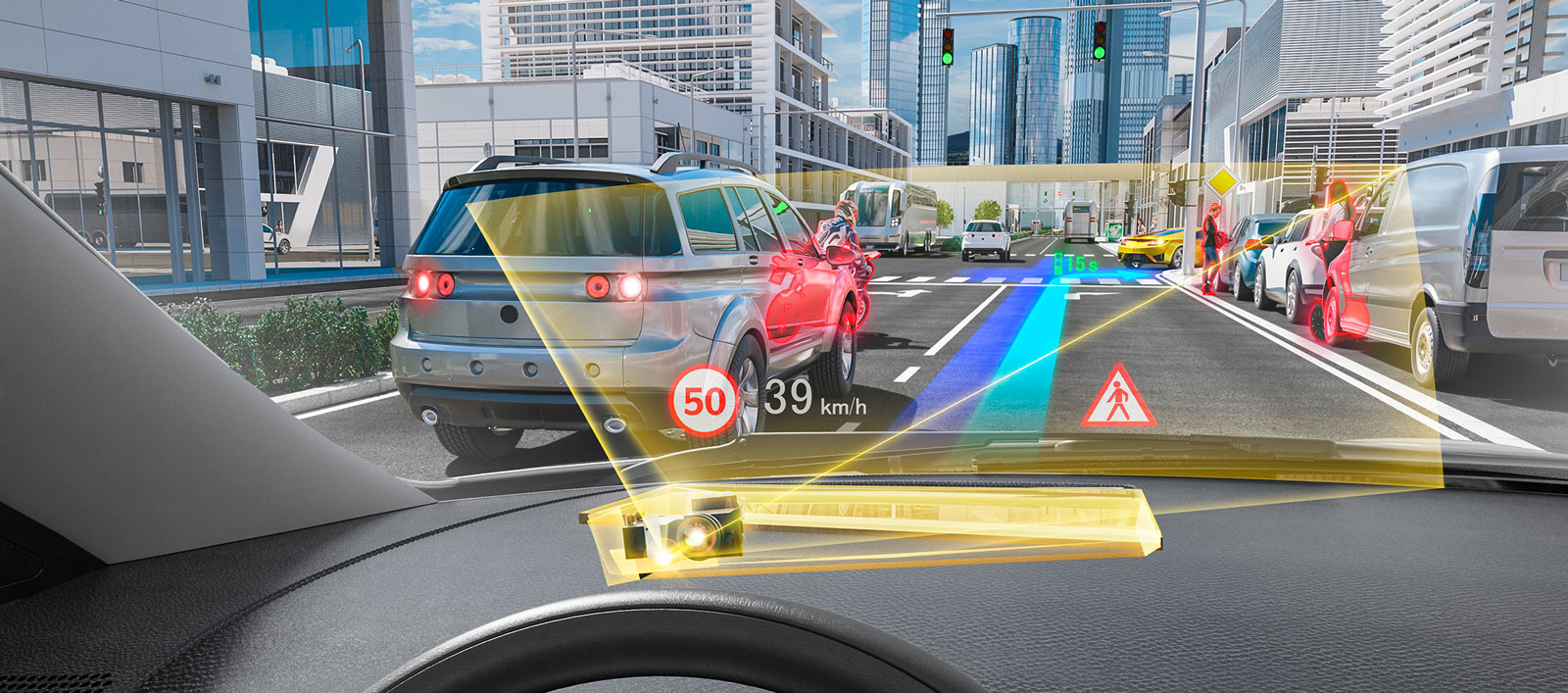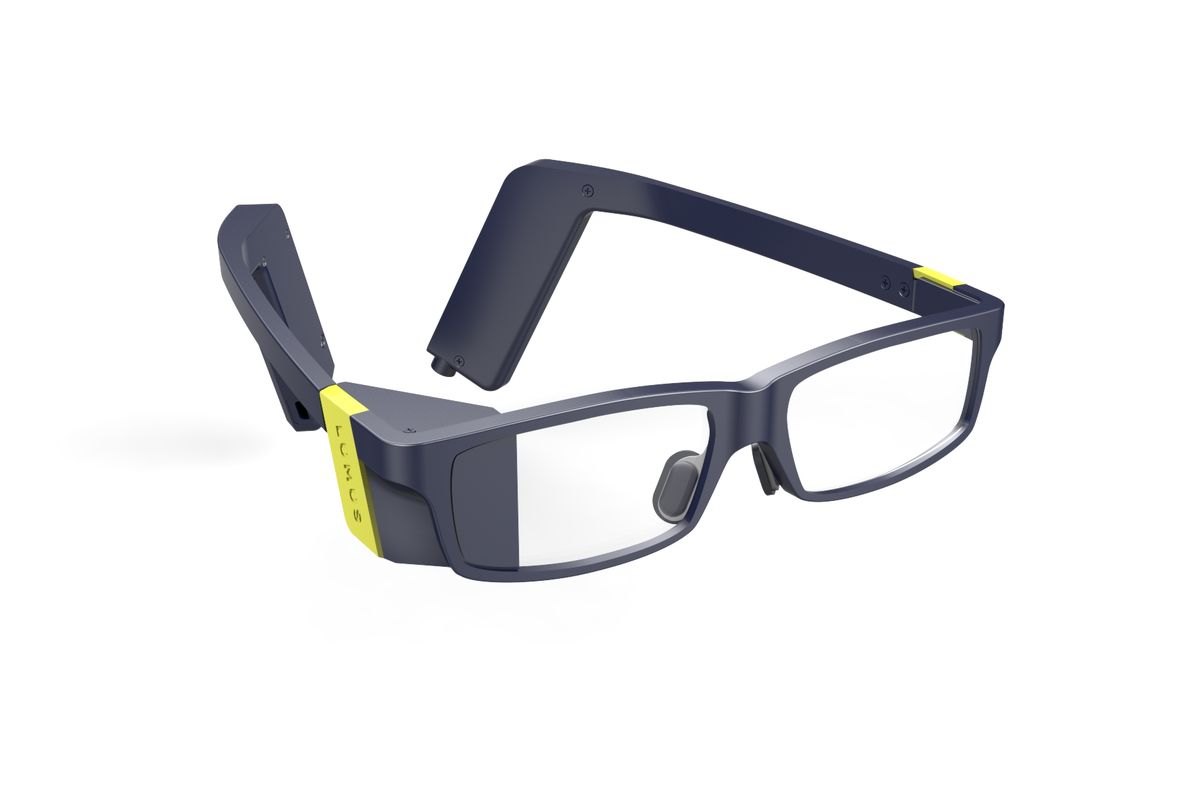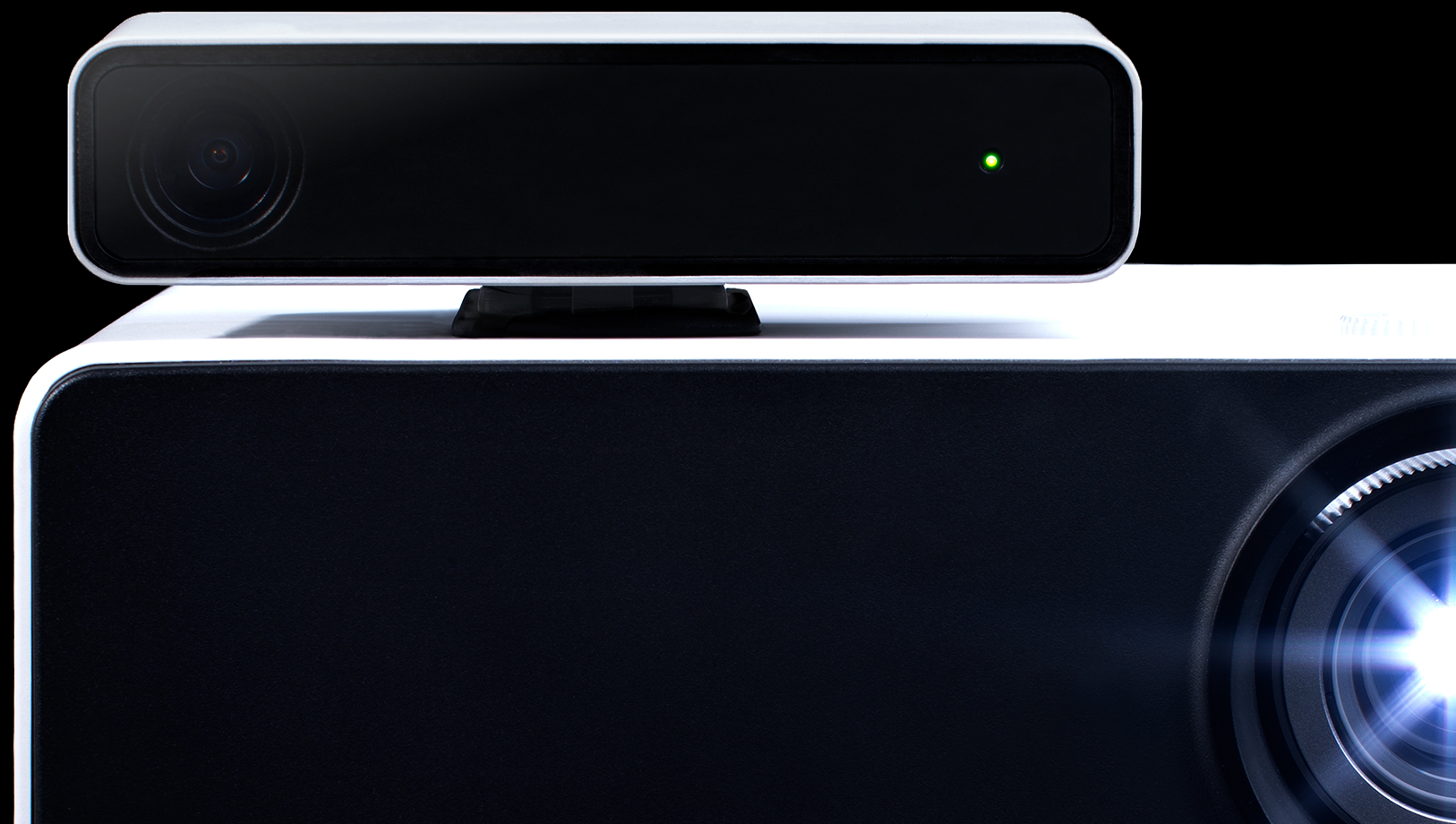Augmented reality, like its cousin virtual reality, has been experiencing explosive growth and development in the last few years. Here are 15 of the most interesting, unique, and just plain fun augmented reality startups to keep your eye on in 2017.
1. 8i
When it comes to either AR or VR, there tends to be an understanding about how AR can, or even should, be used. Thus far, most AR experiences have been dedicated, self contained concepts like mapping technology, video games, or industrial or commercial applications. 8i seeks to change that perception. Their Holo technology puts creating a little AR experience in the hands of every user.
Much like filters and layers for social media apps like Facebook or Instagram, the holograms that can be created using 8i’s technology can be inserted into any scene, and then be viewed on any platform, using any device. Their AR startup seeks to put the tech in the hands of the everyday user, and it will be exciting to see what they do with this technology moving forward.
8i’s Holo is currently available on the Apple App store and through Google Play for Android.
2. Digilens
When it comes to AR, the display is everything. In AR, information is overlaid onto the real world, either superimposed on top of an image that is then displayed on a screen, or projected onto a transparent medium through with the real world is viewed, allowing both the projection and the real world to be seen at once. Digilens is looking to become a key part of the production process of AR projection, as they seek to produce thinner, more efficient holographic projection systems that will give AR users a better field of view to appreciate.

DigiLens - leader in optical waveguide technology
Source: Digilens.com
The augmented reality startup garnered $22 million in 2017 from investors such as Sony, Panasonic, and transportation technology manufacturer Continental, and they are not slowing down, looking to test their new technology first with vehicle heads up displays, or HUDs, now becoming commonplace for high end cars.
3. Virtualitics
The uses for AR technology are pretty much only as limited as the human imagination. From improved navigation and vehicle safety to incredible new entertainment options, AR has the potential to fill any number of niches in the technology landscape. One such niche, that of research and analytics, has gained the attention of California-based Virtualitics.
When it comes to analyzing data, Virtualitics seeks to make the process more intuitive, more flexible, and more accessible by making it a visual process, one where information can literally be at your fingertips to analyze and interpret. Using machine learning and natural language, Virtualitics allows data to be displayed in a virtual space which multiple users can view and manipulate at once, allowing for better collaboration and workflow.
4. Lumus
For augmented reality to integrate seamlessly into day to day activities, as it has often boasted to do, the best display is one that can blend into people’s daily lives just as easily. Enter AR startup Lumus with their line of smart wearables that are more streamlined, functional, and yes, fashionable than their competitors.

Lumus - AR glasses for “casual everyday users”.
Source: Lumusvision.com
Lumus’ smartglasses employ thinner lenses that maintain flawless resolution and color without sacrificing field of view. These glasses also boast to be completely transparent, with no distortions of the visible world, thus preserving the reality aspect of augmented reality when viewed using their tech. Lumus offers eight versions of their AR projector unit, which can be paired with one of three specially designed frames, each with their own unique style and look.
5. Lightform
Like many of the companies on this list, developer Lightform is seeking to push the boundaries of augmented reality as it currently exists. Lightform does this by concentrating on creating augmented reality experiences which can be viewed by anybody, no devices required, using only projected light.

Lightform is the first computer made for projected augmented reality.
Lightform.com
Although this tech offers fewer bells and whistles than a dedicated AR viewer, its rapid scanning of multiple complex objects and responsive interface offers users the power to create engaging and informative displays quickly and seamlessly, with many industrial and commercial applications. Or, you can simply use the Lightform to create a magical environment for your next party or other gathering. With Lightform the power is in your hands.
6. Lyteshot
Many of AR’s promised advancements involve the projection of new information onto the real world. But augmenting reality is about more than the visual. Lyteshot understands that and has brought a new interesting property to the AR market with their Lyteshot live action gaming gear.
While on the outside, the Lyteshot may appear to just be an unnecessarily high tech laser tag, the potential fun to be had using this gear goes beyond mere hunt and destroy. With integrated peripherals and an app which links to your phone and provides live information on friend and foe alike, the Lyteshot creates a fast paced gaming experience, wherever the fun takes it.
7. Edgybees
If there is any technology gaining ground faster than VR and AR, it would have to be the drone. Small, piloted machines which run on electricity and can perform any number of amazing feats, carrying anything from cameras to sensor equipment to deliveries wherever they need to be.
Former Amazon Prime Air manager Menashe Haskin recognized this and formed Edgybees in 2016, to capitalize on drone technology and the ways it can be meshed with augmented reality to create even more powerful tools… and toys. They eventually revealed the DronePrix AR, a program which can be meshed with consumer drones to create drone racing environments anywhere the user would like to make one. The DronePrix software requires both a display device and a video-compatible drone to work, but if their first venture is successful, proprietary hardware may be next on the horizon.
8. Funky Bots
Dancing games were some of the first real offerings in the world of AR, appearing with wild success on most commercial gaming consoles. Cameras would track the movements of players as they danced, and these movements would be translated through the console to the television screen, tricking countless thousands of people into exercising in the comfort of their living room.
Funky Bots is the next generation of this promising dance dynasty. The augmented reality startup takes it one step further by separating motion sensing from a bulky, expensive apparatus like a gaming console, making their AR dance apps accessible to anyone with a smartphone (or a tablet). With both single- and multi-player functionality, Funky Bots is looking to get kids of all ages moving to the beat, wherever the mood takes them.
9. Drone n Base
Like Edgy Bees, Drone n Base is looking to break through and link AR to drone technology. Their Drone n Base game hardware is a complete drone gaming package, offering a unique AR-enabled drone setup that can then be used for any number of game functions, from racing to drone battles and beyond. Using infrared tracking and bluetooth to communicate, the Drone n Base is both simple to use and affordable, making it the next smart purchase for any drone enthusiast with an interest in AR.
10. Realmax
The RealMax RealWear HMT-1 headgear is one of the first augmented reality displays entirely engineered for industrial and commercial use. By projecting the information display directly onto the retina of the user, and only using one eye at a time, this headgear, built to be sturdy enough to withstand a drop from 2 meters onto concrete, will keep up in any environment to display relevant information, provide instructions or directions to workers, and enhance the workflow of industries across the board.

RealMax RealWear HMT-1 headgear
Source: Realmax.com
RealMax also offers a consumer version, the RealSeer 1, which touts itself as the best combination of affordability and usability for hands-free working in education, medicine and beyond.
11. CrowdOptic
Most AR and VR technology tends to work from the inside out; they are more concerned with the technology, and the user, interacting with the real world, and less concerned about how the real world reacts back. CrowdOptic is a startup with an interest in reversing that perception.
With their CrowdOptic Intersect, a sensor-equipped mobile video and recording center, and the CrowdOptic Eye, an all-in-one live streaming apparatus that allows for seamless integration of wearables and AR applications, they seek to provide AR users with new ways to analyze how their environment is changing, and to use that data to change or improve their AR experience. By providing real-time analytics and the tools to integrate that data into AR software and applications, CrowdOptic will help you make your next speech, or training session, a perfect success.
12. Native Glass
Native Glass isn’t trying to reinvent the wheel, just make it as flawless as possible, and easier to use than ever before. In this case, the wheel is holographic AR projection, and their intended audience is engineers, designers, artists, and anyone whose industry requires working with computers and the real world in equal measure.

Native Glass - Augmented Reality Monitor
Source: native.glass
By creating seamless transitional projection between computer displays and AR projection, the Native Glass seeks to make AR a natural extension of anyone’s workflow, allowing users to drag CAD displays onto the room they are referencing at a moment’s notice, or to virtually paint textures onto a physical sculpture to see how it would look before committing. The Native Glass does this by providing low latency, high resolution and an impressive 110 degree field of view that extends to the edge of the natural field of view we all possess. It is available for reserve now, and plans to ship by fall of 2018.
13. Scapic
Like Native Glass, Scapic isn’t trying to create the next boundary-pushing, ground-breaking new AR technology. Instead, they have chosen to concentrate on putting AR into the hands of every person, and not just the highly technologically minded.
Scapic allows users to get started in minutes and create their own unique AR experience, limited only by their imagination. No coding experience is required to use Scapic’s software, but they have built in coding functionality, if that’s more your speed. Scapic also does not require any app downloads or special equipment, and can be shared easily with only a typical hyperlink, from a phone or any other computing device.
14. Qwake-Tech
When it comes to AR’s real world applications, the perception may be that it’s for entertainment, or at best, to make jobs easier to accomplish, or to better integrate technology into our daily lives. But AR can be more than that; it has the ability to literally save lives.

Qwake Tech - putting AR technology in the hands of firefighters
Source: Qwake Tech
With its C-Thru integrated head gear, intended for use by firefighters, AR startup Qwake Tech looks to put AR technology in the hands of firefighters everywhere, allowing them to use thermal imaging and other AR tools, like projections of floor plans, to move through hazardous environments safely to save lives, not only of others but also their own. The C-Thru headgear promises to help firefighters move through hazards 5x faster, allowing them to reach a person in need, or the exit, that much more efficiently. The technology can also be drone or robot-enabled, allowing firefighters to eliminate the human element entirely in some cases.
15. Scape
Perhaps the most magical quality of augmented reality is its ability to bring technology out of the home, off the computer screen, and into the real world, in real time. Mapping and navigation industries have been seeing investment into the idea of AR for quite some time, but they still largely rely on 2D-markers, which the program reads to retrieve relevant information, or GPS location-based information, which is relayed from a remote location and then overlaid onto the real world. Both of these tools introduce an increased chance of inaccurate readings, or latency issues, which can make AR clunky and frustrating to utilize in real spaces, like city streets.
Scape seeks to provide users with tools to provide AR environment recognition without GPS-location or 2D markers. Their software would allow any user to integrate location-based information projection seamlessly into their project and provide users with an enjoyable, smooth AR experience, all without latency or information errors.
All in all, 2017 has been an exciting year so far for augmented reality startups. From drones to social media, AR startups are pushing the envelope of what the technology can accomplish. Perhaps we are finally starting to see just how amazing AR can be, and according to these AR developers, the future is bright indeed.

